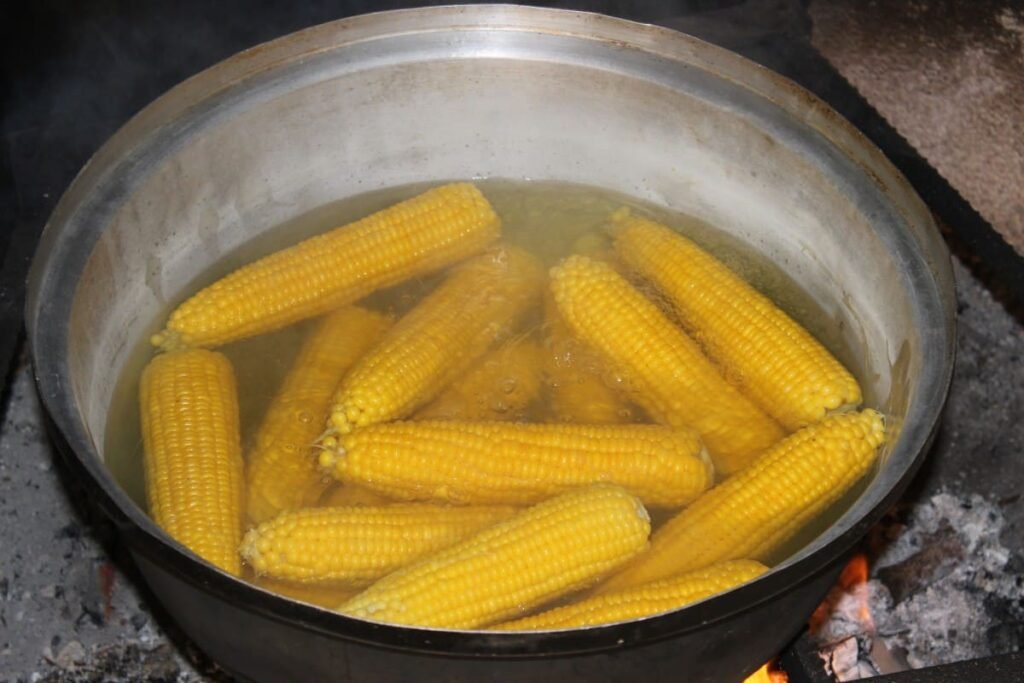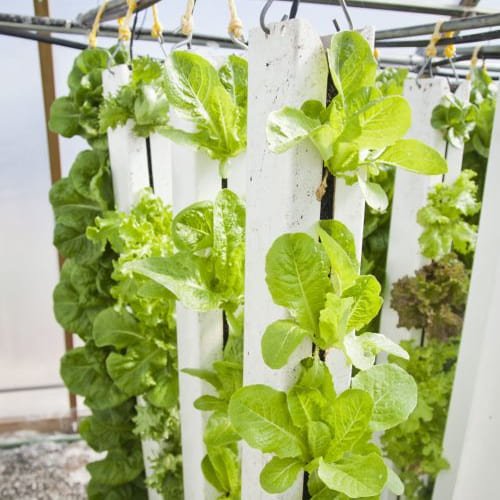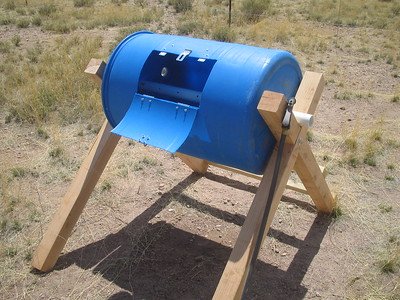Imagine, you’ve just finished cooking a pot of corn on the cob. The aroma fills your kitchen, and you’re left with a pot of hot, golden water. Most people pour it down the drain without a second thought. But wait! That humble leftover liquid could be a hidden gem for your plants.
Yes, boiled corn water is gaining attention among plant lovers, gardeners, and sustainability enthusiasts for its potential to give plants a nutrient boost. If you’re curious whether this works or just another internet myth, let me take you through everything you need to know—from the science behind it to practical tips based on experiences shared by gardening enthusiasts—so you can make the best choice for your leafy friends.
The Science Behind Boiled Corn Water

When you boil corn, some of its nutrients leach into the water. This liquid becomes a mild nutrient-rich infusion containing small amounts of minerals like potassium, phosphorus, and natural sugars. These elements are crucial for plant growth. Potassium helps with flowering and fruiting, phosphorus strengthens roots, and the sugars can provide a quick energy boost for beneficial soil microbes.
However, let’s be clear: it’s not a miracle fertilizer. Think of boiled corn water as a gentle, supplementary tonic rather than a replacement for your regular plant care routine. While it won’t singlehandedly turn your garden into a lush paradise, it can serve as an eco-friendly addition to your gardening practices.
What Gardeners Are Saying?
Many gardeners have experimented with boiled corn water and reported mixed results. While some noticed subtle improvements in their plants’ health, others didn’t see much of a difference.
Here’s a summary of their observations:
- Improved Growth in Edibles: Vegetables like tomatoes and herbs such as basil and mint seemed to respond positively to the natural sugars and nutrients in the corn water. The growth was sometimes modest but noticeable, particularly when the plants were already thriving under good care.
- Healthier Foliage: Some gardeners observed greener leaves and a slight increase in growth rate. This was often attributed to the additional nutrients and a slight increase in soil microbial activity, which can promote better overall plant health.
- No Dramatic Effects: For houseplants or ornamental varieties, the changes were often negligible or inconsistent. Some gardeners felt that the plants didn’t react at all, which suggests that corn water might not be suitable for every type of plant or condition.
It’s worth noting that several factors, such as soil composition, existing nutrient levels, and the type of plant, could influence these outcomes. Gardeners who used boiled corn water as part of an already well-rounded care routine seemed to have the most success.
These results suggest that boiled corn water works best on nutrient-demanding plants or those that thrive with frequent care and attention. For gardeners who enjoy experimenting, this method can be a fun and low-risk way to see if their plants respond positively to this natural boost.
How to Use Boiled Corn Water Effectively
If you’re intrigued and want to give this method a try, here’s how to do it properly to ensure your plants benefit without risking harm:
- Cool It Down: Always let the water cool completely before using it. Hot water can damage roots and kill beneficial microbes in the soil.
- Check for Additives: Ensure that no salt, butter, or spices were added during the boiling process. Salt can harm plants, and oils don’t decompose easily in soil.
- Dilution is Key: Mix the corn water with plain water in a 1:1 ratio to prevent overloading your plants with nutrients.
- Start Small: Begin by applying it to a few plants and observe how they respond over a week or two. Adjust usage accordingly.
- Limit Frequency: Use boiled corn water as a supplementary boost every couple of weeks rather than a regular watering solution.
- Apply to the Right Plants: Focus on edibles, fast-growing herbs, or nutrient-hungry varieties for the best results.
What Can You Expect?
So, what happens when you use boiled corn water on your plants? Here are some potential outcomes:
For Vegetables and Herbs: Plants like tomatoes, peppers, basil, and mint may show slightly greener leaves and healthier growth. The infusion of natural sugars and nutrients could act as a mild energy boost, particularly when used during the growing season.
For Houseplants: Hardy plants like pothos might grow an extra leaf or two, but the results could be less noticeable compared to edibles. The benefits might be more subtle, such as maintaining steady growth or slightly improved color.
For Ornamentals: While some flowering plants might benefit, many ornamental varieties won’t show significant changes. However, experimenting on small flowering plants like marigolds might yield interesting results.
Keep in mind that these results aren’t guaranteed, and the effectiveness of boiled corn water may vary depending on your plant type, soil condition, and overall care routine. It’s always a good idea to treat this as an experiment and not as a definitive solution.
A Few Cautions to Keep in Mind
Before you start pouring corn water on all your plants, here are some important things to consider:
- Not for Sensitive Plants: Certain plants, like orchids or succulents, are sensitive to changes in nutrient levels and might not respond well.
- Beware of Salt Build-Up: Overuse of nutrient-rich water can lead to mineral accumulation in the soil, which could harm your plants in the long run.
- Use Fresh: Boiled corn water should be used within a day or two. If left sitting, it can ferment and develop an unpleasant odor.
- Skip Contaminated Water: If your corn water contains salt, butter, or other additives, it’s better to discard it.
Why Bother? The Bigger Picture
The idea of using boiled corn water for plants might sound unconventional, but it’s a simple, low-effort experiment that could yield positive results. It’s a small but meaningful step toward sustainability. Instead of wasting water, you’re repurposing it to nurture your garden. Even if the results aren’t dramatic, this practice aligns with a broader mindset of reducing waste and making the most of what we have.
Think about it: every time you reuse something that would otherwise go to waste, you’re contributing to a more eco-conscious lifestyle. Boiled corn water might not revolutionize your garden, but it’s a step in the right direction—and sometimes, small steps lead to significant change. Imagine combining this practice with other eco-friendly methods, like composting kitchen scraps or harvesting rainwater. Together, these actions can transform your garden into a thriving, sustainable ecosystem.
Whether you’re an experienced gardener or a curious beginner, trying this method is a great way to recycle kitchen waste while exploring new ways to care for your plants. So, next time you’re cooking corn, pause before pouring that water down the sink. Your plants might just thank you for it—and you’ll have the satisfaction of knowing you’re making a small but impactful difference in your gardening journey!



